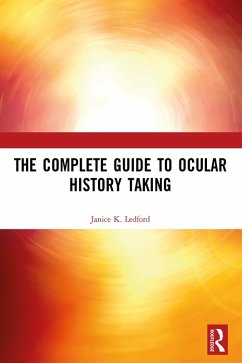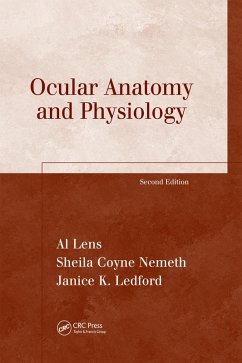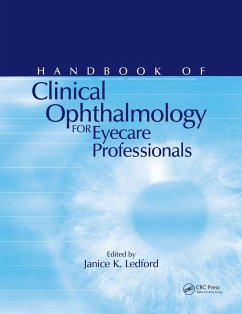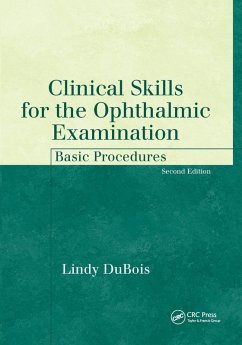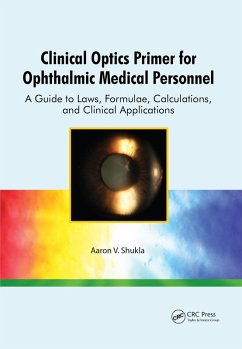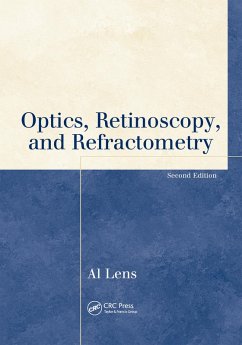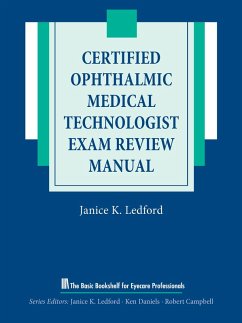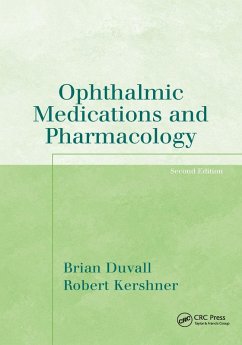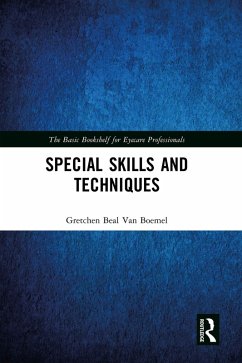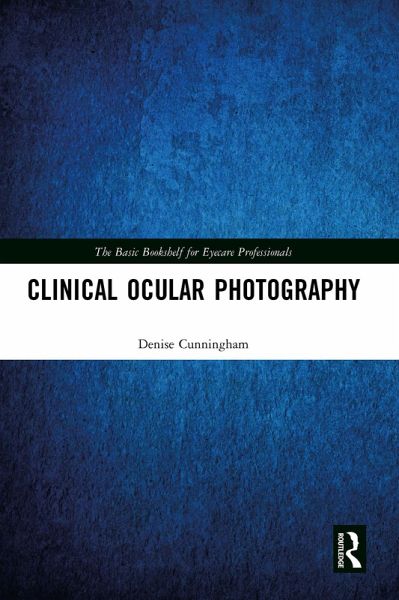
Clinical Ocular Photography (eBook, ePUB)

PAYBACK Punkte
33 °P sammeln!
The Basic Bookshelf for Eyecare Professionals is a series that provides fundamental and advanced material with a clinical approach to clinicians and students. A special effort was made to include information needed for the certification exams in ophthalmic and optometric assisting, low vision, surgical assisting, opticianry, and contact lens examiners.This concise, easy-to-read manual is an excellent introduction to the fundamental techniques of film based imaging of the eye. With a back-to-basics approach this text will reduce any fear or anxiety that you may have related to learning the craf...
The Basic Bookshelf for Eyecare Professionals is a series that provides fundamental and advanced material with a clinical approach to clinicians and students. A special effort was made to include information needed for the certification exams in ophthalmic and optometric assisting, low vision, surgical assisting, opticianry, and contact lens examiners.
This concise, easy-to-read manual is an excellent introduction to the fundamental techniques of film based imaging of the eye. With a back-to-basics approach this text will reduce any fear or anxiety that you may have related to learning the craft of ocular photography.
Clinical Ocular Photography is organized in a way that allows quick and easy understanding on a specific subject. Each chapter stands alone, allowing the reader to tackle one specific topic at a time. With clear explanations of all clinical uses of photography in ophthalmology, this book is the perfect resource for the beginning or experienced ocular photographer.
This concise, easy-to-read manual is an excellent introduction to the fundamental techniques of film based imaging of the eye. With a back-to-basics approach this text will reduce any fear or anxiety that you may have related to learning the craft of ocular photography.
Clinical Ocular Photography is organized in a way that allows quick and easy understanding on a specific subject. Each chapter stands alone, allowing the reader to tackle one specific topic at a time. With clear explanations of all clinical uses of photography in ophthalmology, this book is the perfect resource for the beginning or experienced ocular photographer.
Dieser Download kann aus rechtlichen Gründen nur mit Rechnungsadresse in A, B, BG, CY, CZ, D, DK, EW, E, FIN, F, GR, HR, H, IRL, I, LT, L, LR, M, NL, PL, P, R, S, SLO, SK ausgeliefert werden.




